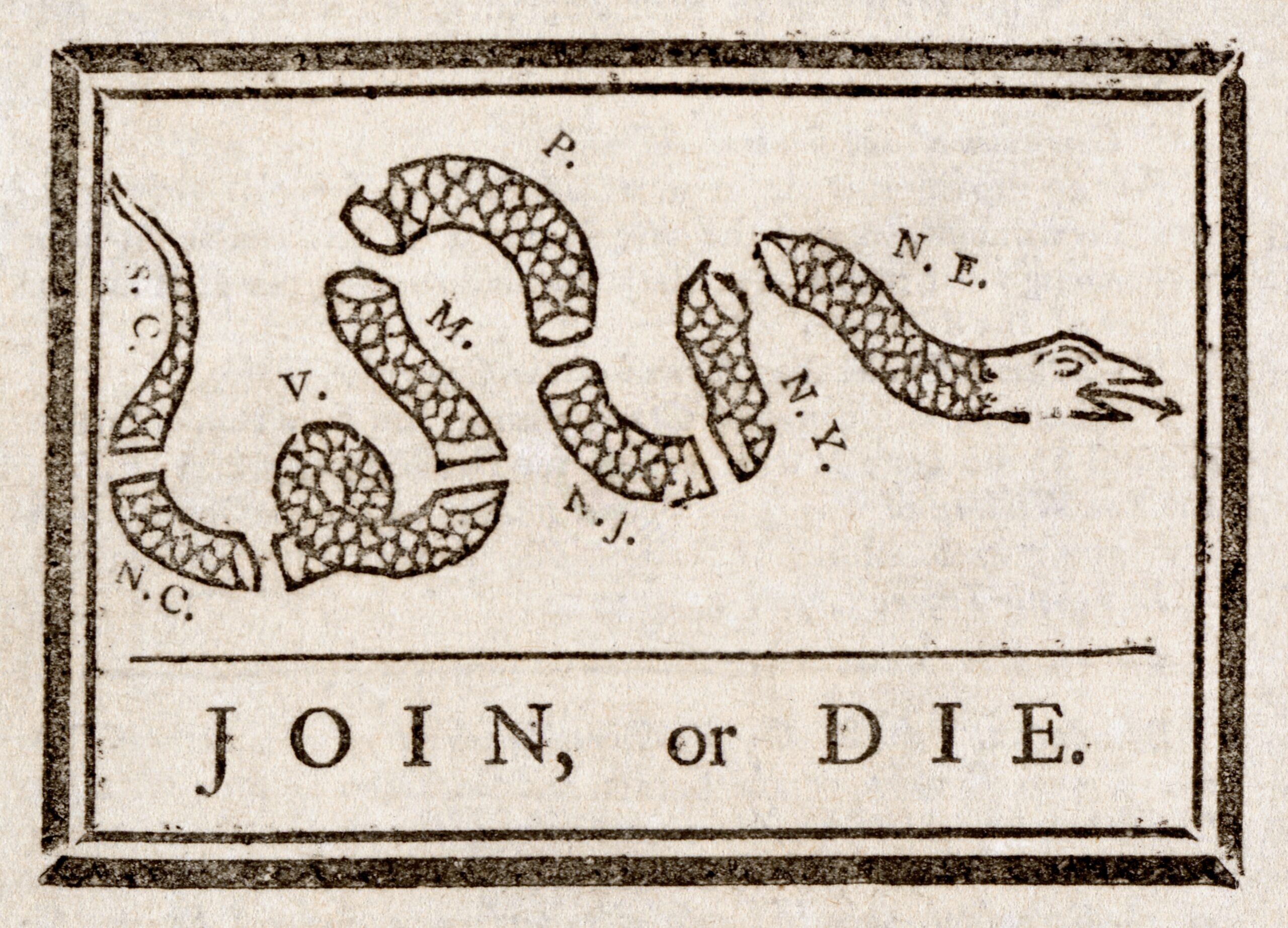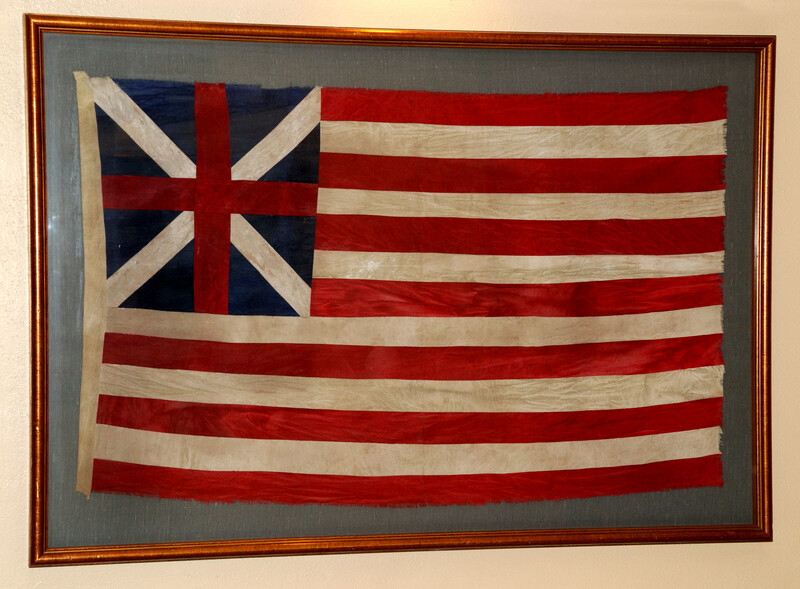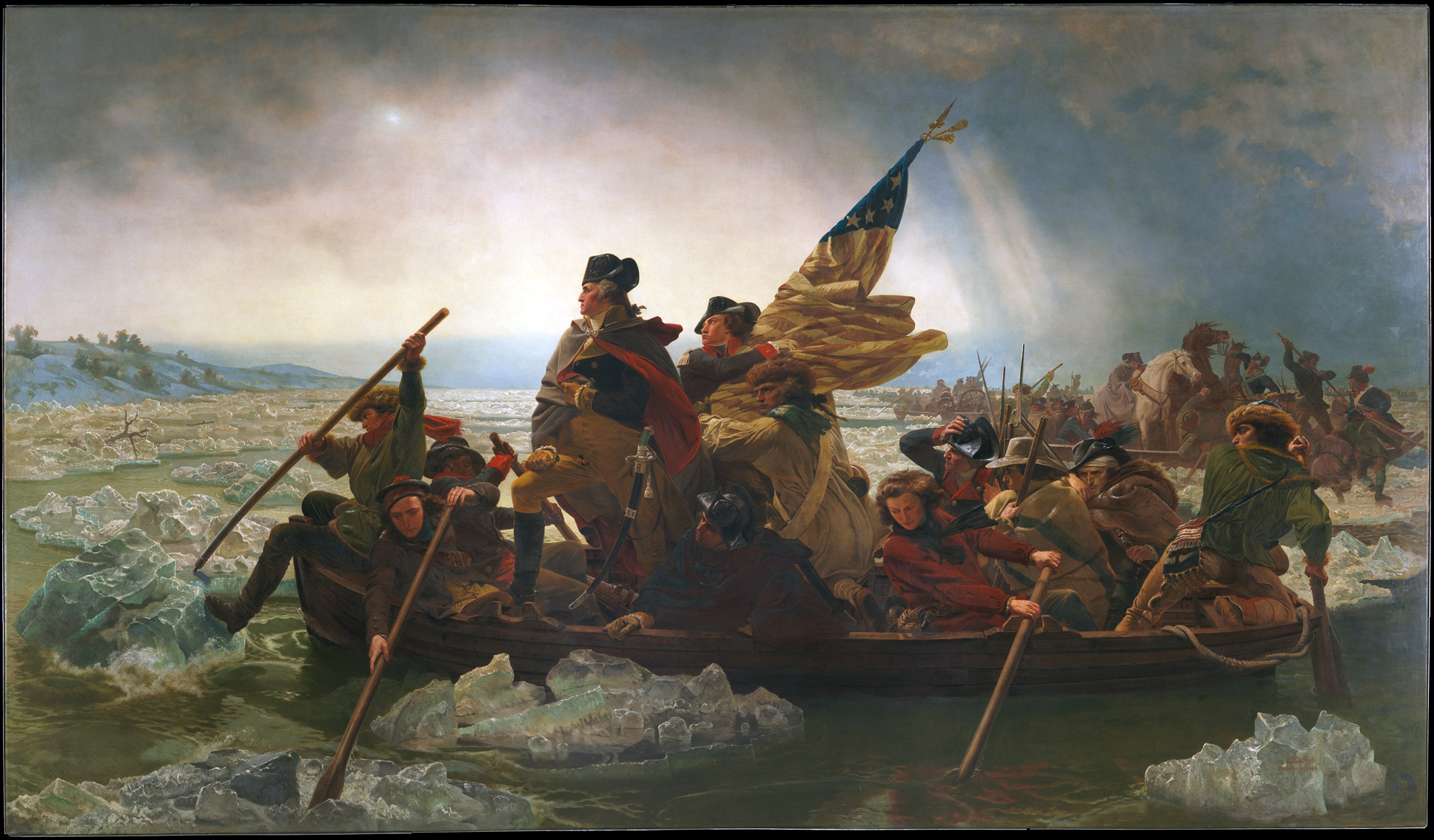Behind Our Designs—How Dolley Madison saved the portrait of Washington from British troops in 1814, with help from Paul Jennings, John Susé, Jacob Barker, and Robert G. L. De Peyster, among others

You’ve heard how Dolley Madison saved Gilbert Stuart’s portrait of George Washington from the British as they were approaching the President’s House, as it was called then, to ransack it and set it afire.
We looked at primary and secondary sources to get a more complete picture of what happened that night, and it’s even more interesting.
First, let’s start with this from the National Park Service
“On August 17, 1814, 4000 British troops began landing in Maryland. In nearby Washington, President Madison, fearing for the security of the capital, but with no regular troops at hand, called out the militia.
As thousands of Washingtonians packed their belongings and left town, First Lady Dolley Madison resolved to stay with her husband and, if necessary, oversee the evacuation of the White House.
By midday on Wednesday, August 24, 1814, British troops marching from Bladensburg stood poised to attack Washington. Convinced by friends that it was time to flee, the First Lady pointed to Gilbert Stuart’s full-length portrait of President George Washington. ‘Save that picture, if possible,’ she instructed Paul Jennings, a 15-year-old enslaved African-American. ‘If not possible, destroy it: under no circumstance allow it to fall into the hands of the British.’
Madison initially ordered Jennings to help remove the entire portrait, frame and all, from the White House wall. But with the British approaching and time running short, she ordered Jennings to break the frame apart so the canvas could be removed with a knife. Two friends of the Madison family then carted the portrait away, storing it in a farmhouse outside Washington for safekeeping.
After the repair of the White House from fire damage, Washington’s portrait returned to the executive mansion. It is the only item currently on display that was present when the White House opened in 1800.
After gaining his freedom, Jennings went on to publish his White House memoirs in 1865. The book, A Colored Man’s Reminiscences of James Madison, included a recounting of his frenzied escape from the White House in 1814.”
Source: Summer 1814: Dolley Madison saves Washington’s portrait, with some help
Note: We can’t find any original source for the dramatic quote above. If you know of one, please let us know.

Print shows a view from northeast of the fire-damaged White House, a result of the War of 1812. On August 24, 1814, British general Robert Ross led his troops into Washington with strict orders to burn only public buildings. On August 25, a tornado blew through the city, bringing torrential rains that quelled both fires and British desire to pursue further action in Washington.
→ Check out our Dolley Madison collection, including “Remember the ladies,” with five notable women in U.S. history, and our “Dolley Madison Art Storage” shirts and tote bags, with our tongue-in-cheek reference to Dolley Madison saving the portrait of Washington.
Your purchase of these original designs supports The History List.
Interestingly, Jennings’s account in his book is slightly different than what the National Park Service described
 “It has often been stated in print, that when Mrs. Madison escaped from the White House, she cut out from the frame the large portrait of Washington (now in one of the parlors there), and carried it off. This is totally false. She had no time for doing it. It would have required a ladder to get it down. All she carried off was the silver in her reticule, as the British were thought to be but a few squares off, and were expected every moment. John Susé (a Frenchman, then door-keeper, and still living) and Magraw, the President’s gardener, took it down and sent it off on a wagon, with some large silver urns and such other valuables as could be hastily got hold of. When the British did arrive, they ate up the very dinner, and drank the wines, &c., that I had prepared for the President’s party.”
“It has often been stated in print, that when Mrs. Madison escaped from the White House, she cut out from the frame the large portrait of Washington (now in one of the parlors there), and carried it off. This is totally false. She had no time for doing it. It would have required a ladder to get it down. All she carried off was the silver in her reticule, as the British were thought to be but a few squares off, and were expected every moment. John Susé (a Frenchman, then door-keeper, and still living) and Magraw, the President’s gardener, took it down and sent it off on a wagon, with some large silver urns and such other valuables as could be hastily got hold of. When the British did arrive, they ate up the very dinner, and drank the wines, &c., that I had prepared for the President’s party.”
Though unrelated the hurried removal of the painting, Jennings describes Mrs. Madison in this poignant note:
“Mrs. Madison was a remarkably fine woman. She was beloved by every body in Washington, white and colored. Whenever soldiers marched by, during the war, she always sent out and invited them in to take wine and refreshments, giving them liberally of the best in the house. Madeira wine was better in those days than now, and more freely drank. In the last days of her life, before Congress purchased her husband’s papers, she was in a state of absolute poverty, and I think sometimes suffered for the necessaries of life. While I was a servant to Mr. Webster, he often sent me to her with a market-basket full of provisions, and told me whenever I saw anything in the house that I thought she was in need of, to take it to her. I often did this, and occasionally gave her small sums from my own pocket, though I had years before bought my freedom of her.”
Source: A Colored Man’s Reminiscences of James Madison, by Paul Jennings
→ View our original designs inspired by Dolley Madison. In The History List Store.
Dolley Madison’s own account is contained in, “Extract from a letter to my sister, published in the sketch of my life, written for the National Portrait Gallery”
“Tuesday Augt. 23d. 1814.
Dear Sister
My husband left me yesterday morng. to join Gen. Winder. He enquired anxiously whether I had courage, or firmness to remain in the President’s house until his return, on the morrow, or succeeding day, and on my assurance that I had no fear but for him and the success of our army, he left me, beseeching me to take care of myself, and of the cabinet papers, public and private. I have since recd. two despatches from him, written with a pencil; the last is alarming, because he desires I should be ready at a moment’s warning to enter my carriage and leave the city; that the enemy seemed stronger than had been reported, and that it might happen that they would reach the city, with intention to destroy it. . . . I am accordingly ready; I have pressed as many cabinet papers into trunks as to fill one carriage; our private property must be sacrificed, as it is impossible to procure wagons for its transportation. I am determined not to go myself until I see Mr Madison safe, and he can accompany me, as I hear of much hostility towards him, . . . disaffection stalks around us. . . . My friends and acquaintances are all gone; Even Col. C with his hundred men, who were stationed as a guard in the enclosure . . . . French John (a faithful domestic,) with his usual activity and resolution, offers to spike the cannon at the gate, and to lay a train of powder which would blow up the British, should they enter the house. To the last proposition I positively object, without being able, however, to make him understand why all advantages in war may not be taken.
Wednesday morng., twelve o’clock. Since sunrise I have been turning my spyglass in every direction and watching with unwearied anxiety, hoping to discern the approach of my dear husband and his friends, but, alas, I can descry only groups of military wandering in all directions, as if there was a lack of arms, or of spirit to fight for their own firesides!
Three O’clock. Will you believe it, my Sister? We have had a battle or skirmish near Bladensburg, and I am still here within sound of the cannon! Mr. Madison comes not; may God protect him! Two messengers covered with dust, come to bid me fly; but I wait for him. . . . At this late hour a wagon has been procured, I have had it filled with the plate and most valuable portable articles belonging to the house; whether it will reach its destination; the Bank of Maryland, or fall into the hands of British soldiery, events must determine.
Our kind friend, Mr. Carroll, has come to hasten my departure, and is in a very bad humor with me because I insist on waiting until the large picture of Gen. Washington is secured, and it requires to be unscrewed from the wall. This process was found too tedious for these perilous moments; I have ordered the frame to be broken, and the canvass taken out it is done, and the precious portrait placed in the hands of two gentlemen of New York, for safe keeping. And now, dear sister, I must leave this house, or the retreating army will make me a prisoner in it, by filling up the road I am directed to take. When I shall again write you, or where I shall be tomorrow, I cannot tell!!”
Source: Incidents in the Life of Jacob Barker, of New Orleans, Louisiana, etc., by Jacob Barker, one of the two men who carried off the painting for safekeeping.
Several years later she sought to set the record straight in a letter to Robert G. L. De Peyster, who accompanied Barker that night:
“WASHINGTON, February 11th, 1848.
Dear Sir:
I did not receive your favor containing the newspapers, and therefore is my impatience to assure you of my gratitude for the interest you take in my defence in the later narrative of the picture rescue.
You will see by the enclosed what was said at the time. The impression that Mr. Carroll saved Stuart’s portrait of Washington is erroneous. The paper which was to accompany your letter has not reached me, but I have heard that his family believed he rescued it. On the contrary, Mr. Carroll had left me to join Mr. Madison, when I directed my servants in what manner to remove it from the wall, remaining with them until it was done. I saw Mr. Barker and yourself (the two gentlemen alluded to) passing, and accepted your offer to assist me, in any way, by inviting you to help me to preserve this portrait, which you kindly carried, between you, to the humble but safe roof which sheltered it awhile. I acted thus because of my respect for General Washington—not that I felt a desire to gain laurels; but, should there be a merit in remaining an hour in danger of life and liberty to save the likeness of anything, the merit in this case belongs to me. Accept my respect and best wishes.
D. P. Madison”
Source: David B. Mattern and Holly C. Shulman, eds., The Selected Letters of Dolley Payne Madison (Charlottesville: University of Virginia Press, 2003), 387.
The White House Historical Association provides details on the source of Mrs. Madison’s letter and, as it turns out, the original letter no longer exists:
“The extract of the letter Dolley Madison wrote to her sister describing the events leading up to her White House escape is dated August 23 and 24, 1814. Because the richly detailed letter is unique as a record of these critical events and was written by one of the few White House witnesses present, historians have used the contents of the letter over and over again in their histories of the period and in biographies of Dolley Madison. Recent research by historian David Mattern, who is also an editor of James Madison’s papers, revealed some interesting findings. He explains that the original letter does not exist. What historians use is a transcript or extracts of the letter that Dolley Madison copied from a book, The National Portrait Gallery of Distinguished Americans, published in Philadelphia, 1837-1846. Twenty years after the White House burned, Mrs. Madison was asked to select some letters from the past to be published in this book. The letter to her sister was the only one selected to be printed. At some point in time, Mrs. Madison then copied it out of the book in her own handwriting. This transcription is the only record of the letter in her handwriting.
Although the letter begins with, ‘Dear Sister,’ there is no indication which sister she meant: Lucy Todd Washington or Anna Cutts. It was customary to make a handwritten copy of a letter for the record before you mailed the original; in her haste, Mrs. Madison probably did not. Therefore, she would have had to retrieve the letter from her sister in order to send it to the publisher. Because sister Anna lived near Dolley, and it would be convenient to retrieve the letter, it is thought that Anna was the recipient. (It was not at all unusual to keep letters for long periods).
While Mrs. Madison regularly corresponded with friends and family, this particular letter differs in its tone and formality. She provides details that do not seem to be necessary to add, if she were simply writing to her sister. Did she re-write it later, for a broader audience? What is not in question, however, is the accuracy of the information. Another Madison letter written to Mary Latrobe, December 3, 1814, does not contradict the details.”
Source: The White House Historical Association
The portrait that was saved was likely not the original
 “But whether the portrait saved by Dolley Madison and Paul Jennings was painted by Stuart’s hand or that of a lesser known artist, it was still just a copy of the original Lansdowne portrait. That original is usually on display at the National Portrait Gallery, not far from the version of the painting that was saved from the British—that copy is still displayed in the East Room of the White House. There’s one easy way to identify this particular iteration: The artist included a “typo” to set it apart from the others. If you look closely at the books by the table leg, you can see [photo below] that one is titled The Constitution and Laws of the United Sates.”
“But whether the portrait saved by Dolley Madison and Paul Jennings was painted by Stuart’s hand or that of a lesser known artist, it was still just a copy of the original Lansdowne portrait. That original is usually on display at the National Portrait Gallery, not far from the version of the painting that was saved from the British—that copy is still displayed in the East Room of the White House. There’s one easy way to identify this particular iteration: The artist included a “typo” to set it apart from the others. If you look closely at the books by the table leg, you can see [photo below] that one is titled The Constitution and Laws of the United Sates.”
Source: Mentalfloss
In closing
Did it happen exactly as commonly described?
My sense is that it didn’t, but what I take away from the primary sources is that it was an even more daring, chaotic escape, which reflects very positively on all involved, from Dolley Madison, wife of the president, to Paul Jennings, a 15 year old boy enslaved to President Madison. It is thanks to their efforts that this painting, even if it is a copy, hangs in the White House today.
— Lee Wright | Founder | The History List | History Camp | The Pursuit of History
Shop our Dolley Madison Collection
Check out our Dolley Madison collection—including “Remember the ladies,” with five notable women in U.S. history, and our ““Dolley Madison Art Storage” shirts and tote bags, with our tongue-in-cheek reference to Dolley Madison saving the portrait of Washington.









